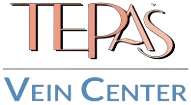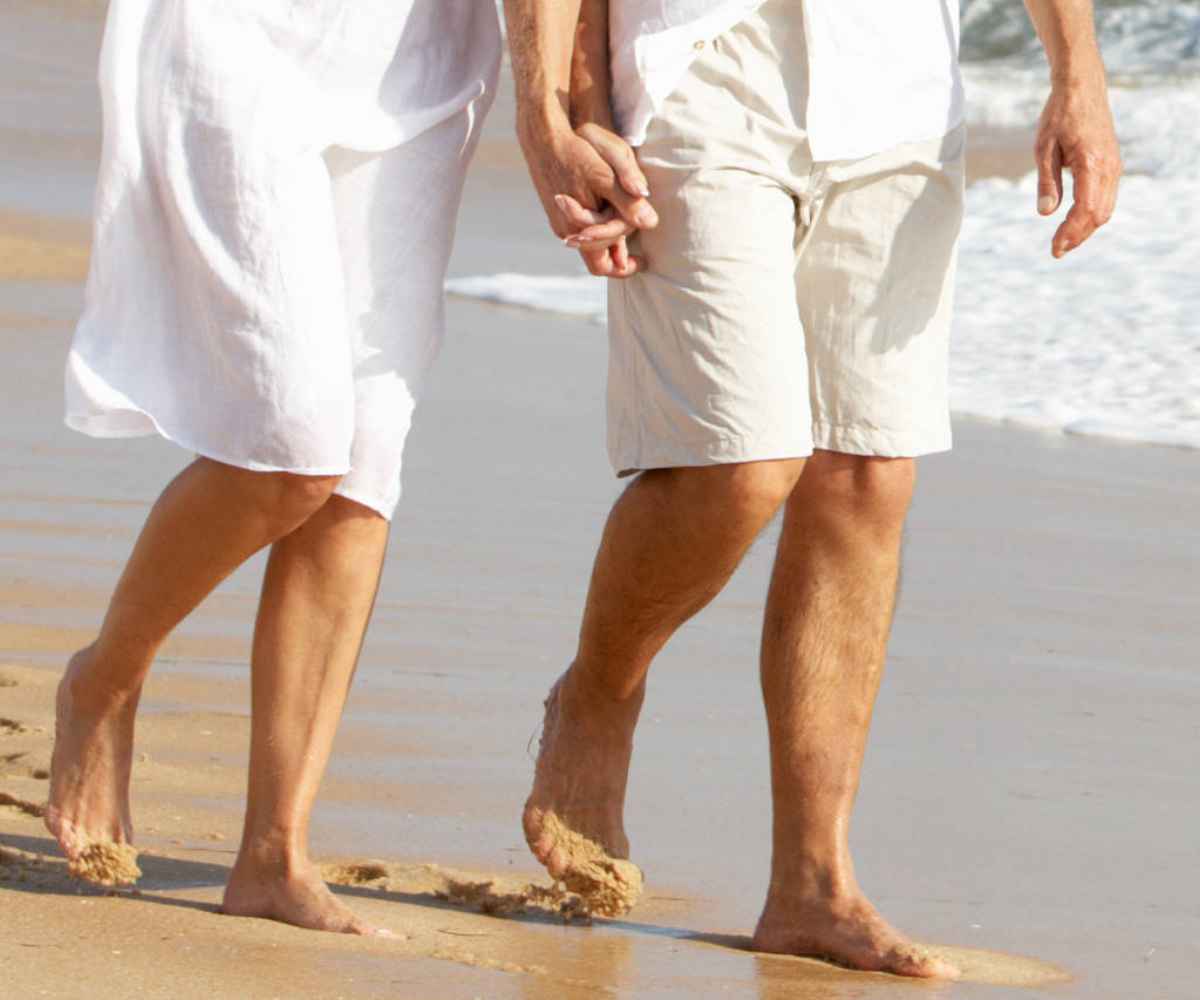How Venous Ablation Procedures Work, Who Needs One, And Why Care?
Varicose veins, those badges of having the courage to get older, affect more than 25 million Americans. They often start as spider veins when patients are just in their 30s or even their 20s.
Once dismissed as par for the course of living, varicose veins should be considered as the first indicators of venous reflux disease, or venous insufficiency, a condition that surfaces when blood can no longer fight gravity and pools in the lower extremities. The vein valves are supposed to help guide blood to the heart malfunction, instead of allowing the blood to flow backward into the legs. Think of it as a series of river dams that no longer work in keeping the water from going where it is not wanted.
“The Legs are made up of a network of veins,” says vascular surgeon Dr. Irfan Imami of Tepas Vein Center, an affiliate of the Institute of Healthcare in Melbourne.
“Healthy leg veins contain valves which open and close to assist the return of the blood back to the heart. Patients with venous reflux disease have diseased veins which restrict blood flow. The majority of patients I encounter who have varicose veins are eventually diagnosed with venous reflux disease.”
Patients having varicose veins and subsequently diagnosed with venous reflux disease have blood flow restriction, causing blood to pool in the legs which leads to swelling, leg heaviness, fatigue, skin discoloration, and ulcers. The condition is more prevalent in individuals who spend prolonged periods of time on their feet or who do heavy lifting, but they are not the only ones affected.
“Obesity, genetics, hormonal changes, sun exposure, multiple pregnancies, blood clots, and previous deep vein thrombosis, or DVT’s can also contribute to varicose vein complexities,” adds Imami.
According to Imami, close to 50 percent of women are affected to some degree.
Untreated, the disease can progress to bleeding wounds, chronic ulcers, and infections. As the patient gets older, the condition only worsens.
Uncomfortable-and ugly-compression stockings were the first line of treatment but served only as a band-aid rather than a cure.
Previous treatment of choice was vein stripping, a painful hospital procedure that removed the vein and kept the patient hospitalized for several days.
Venous ablation, on the other hand, I performed on an outpatient basis at the specialist’s office. The 15-minute procedure has minimal downtime and is relatively painless.
The physician inserts a laser into the vein to relieve localized heath that closes the non-functioning vein. Through a pencil-sized incision, the laser is guided to the problem area. Post-operative restrictions include keeping off aerobics and weight lifting for a few days.
About the only downside of the procedure is that patients feel so well, that they may want to overexert themselves with exercise before recuperation is fully complete.
“After it’s done, the patient have more energy, because they feel they’ve lost five pounds of weight on their legs,” says Imami.
Treatment of varicose and spider veins is not usually covered by insurance or Medicare, but venous ablation is, as long as a physician prescribes the treatment in order to regain normal function.
“Patients do not need to live with the problem.”Irfan Imami, vascular surgeon
“What was initially considered only a cosmetic concern is not a health concern.” “They should always seek treatment for varicose veins if the vein starts to bleed if sores or rash-type symptoms appear on the leg or near the ankle, or if the area is swollen, red, tender, and warm to the touch.”
Article by Marian Sonnenberg, National Health Review

